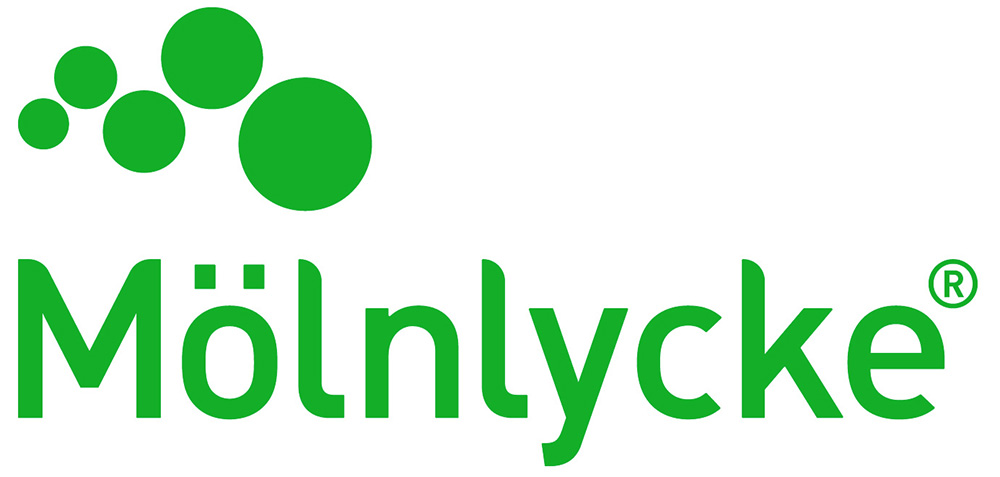Julie Van Onselen

Julie is a Dermatology Lecturer Practitioner; a dermatology clinical nurse specialist with 30 years’ experience in primary and secondary care. She is an RGN/RSCN and has developed many dermatology services in primary and intermediate care around the UK. Dermatology Education Partnership Ltd provides dermatology educational projects and training. She is also a visiting lecturer for King’s College, London and Oxford Brooks University and a clinical adviser for The National Eczema Society.
Julie is a health care writer and publishes widely in health care journals; and past editor of the BDNG Journal, Dermatological Nursing. She is a PCDS committee member and works on national dermatology projects.
Julie’s current clinical work is in primary care skin cancer dermoscopy assessment clinics, in her previous NHS role at South Birmingham CCG, she developed a virtual dermatology service, including video consults for children with atopic eczema and their families.
Julie is passionate about improving care for people with skin conditions through developing educational initiatives for both healthcare professionals and patients.
Presentation at Skin health and wound care for older people study day – 2024
Physiology of ageing skin
This presentation will explore how the skin changes with ageing and how this impacts skin health and compromises wound healing. After the age of 60 years, skin becomes compromised both structure and function, the structural anatomy of skin alters by thinning but physiological changes are numerous. These ageing changes are due to endogenous factors (gene mutation, cellular metabolism, and hormonal) and exogenous factors (U.V, pollutants, chemical, and toxins). Skin integrity is reduced in ageing skin due to several physiological factors including maintenance of acidic balance, loss of barrier function, reduced vitamin D levels, neurosensory function and temperature regulation; and vascular and immune changes which all affect capacity for skin repair. Both skin ageing and reduced skin integrity can make the patient more vulnerable to skin disease and breakdown.
Presentation at Skin health and wound care for children study day – 2024
Diagnosing and treating common skin conditions in children
Abstract
This presentation will give an overview of dermatology conditions commonly see in children and evidence-based UK treatment guidance. Common skin conditions in children include atopic eczema, skin infections (bacterial and fungal) and infestations (scabies and head lice). Skin conditions may affect wound healing; or be diagnosed on skin assessment; or parents seek advice from tissue viability nurses (TVNs) and HCPs caring for their child about the management of existing skin conditions. Viral exanthema (rashes) may present in children, and it is important to promptly recognise childhood infectious disease (for example, measles, scarlet fever, parvovirus and vasculitis). Some children may have birthmarks, for example haemagioma or congenital naevi), it is important for TVNs to be aware of when to worry and when to reassure.
Presentation at Advances in lower limb and foot care study day – 2023
Lower Leg Dermatology
Abstract
This presentation will give an overview of dermatology conditions commonly see on the lower legs. Firstly, we will look at skin changes in aging skin, and general skin care. Next, chronic inflammatory conditions with a focus on conditions affecting the surrounding skin of leg ulcers, varicose eczema necrobiosis lipoidica, hyperkeratosis, and vasculitis, management will be discussed. Then, we will consider solitary pink patches, and differential diagnosis, including fungal infection (and tinea incognito), Bowen’s disease, discoid eczema, lichen planus and psoriasis. Finally, skin cancer presenting on the lower legs. Early recognition of skin cancer is vital, and skin cancer can present as non-healing leg ulcers, and red flags will be discussed.














